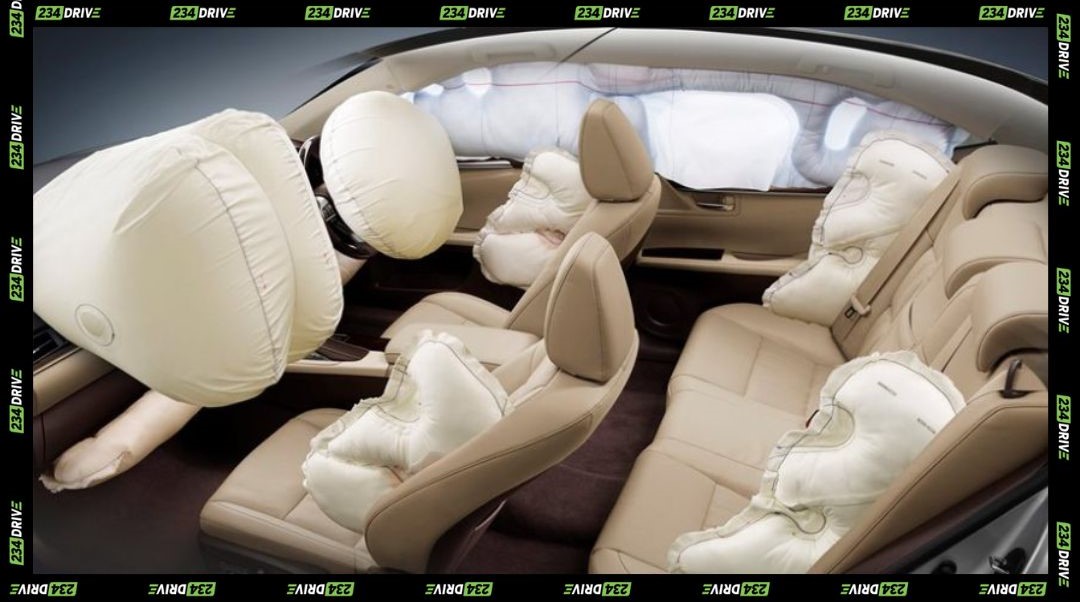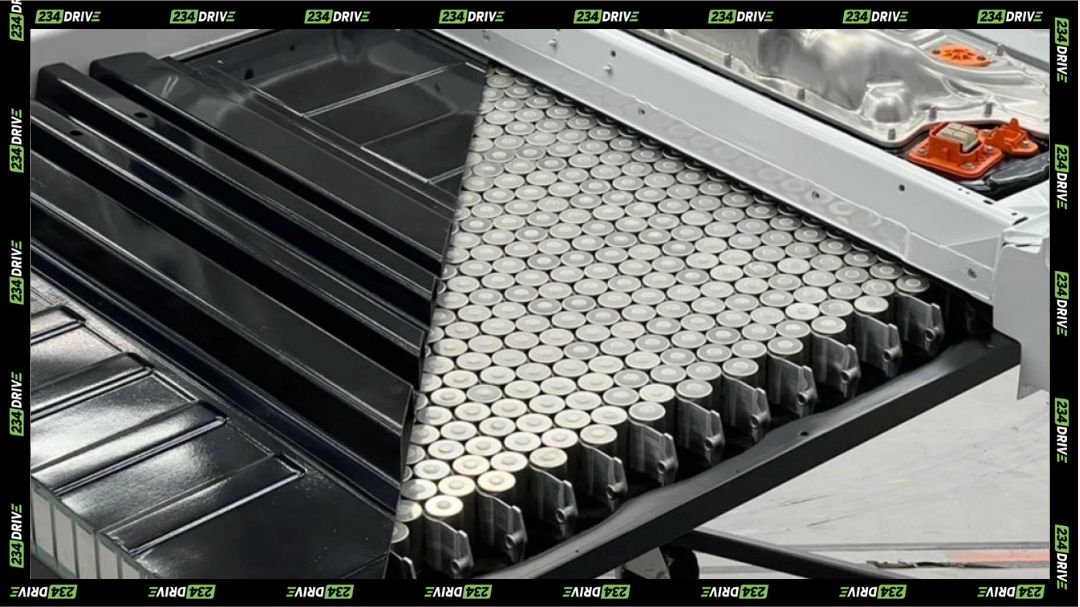Ever wondered what really happens in that split second during a car crash—before you even realise what’s going on? That’s where airbags come in. . Whether you’re cruising through Lagos traffic or taking a long drive out of town, understanding the airbag in cars can mean the difference between life and serious injury. And because we, at 234Drive, care deeply about your safety, we’re here to help you figure it out!
Let’s dive into the life-saving world of airbags, how they work, and why they’re one of the most important safety features your car can have.
What Exactly Is an Airbag in Cars?
An airbag in cars is a soft pillow that explodes into action—literally. It’s a safety device designed to inflate rapidly in the event of a collision, providing a cushion that reduces the force of impact. Think of it as your car giving you a life-saving hug when things go south.
Most modern cars are equipped with multiple airbags: front airbags for the driver and passenger, side airbags, curtain airbags, and even knee airbags. Each plays a unique role in protecting different parts of your body.
How Do Airbags Work?
Airbags aren’t just balloons. They’re powered by sensors and chemistry. Here’s a simple breakdown:
- Sensors detect a sudden deceleration (like during a crash).
- They send a signal to the airbag control unit.
- A chemical reaction creates nitrogen gas.
- The gas inflates the airbag in less than 30 milliseconds.
- After the impact, it deflates just as quickly through small vent holes.
You won’t even notice the process, but your body definitely will—and it will thank you.
Top Benefits of Airbags in Cars
1. They Save Lives
Let’s start with the obvious: airbags are proven lifesavers. The National Highway Traffic Safety Administration (NHTSA) states that front airbags reduce driver fatalities by about 29% and front-seat passenger fatalities by 32%. That’s not just impressive—that’s crucial.
2. Reduces Serious Injuries
Airbags cushion your head, neck, and chest during collisions, dramatically lowering the risk of traumatic injuries like:
- Skull fractures
- Broken ribs
- Neck whiplash
- Internal bleeding
3. Works Best with Seat Belts
Airbags are team players. They’re not meant to replace seat belts, but to work with them. While the seat belt holds you in place, the airbag softens your forward motion, giving you a two-layer defense system.
4. Protects All Occupants
Today’s cars have airbags everywhere. From curtain airbags protecting your head in a rollover to knee airbags shielding your lower body, they provide 360-degree protection. Everyone in the vehicle gets a layer of safety.

5. Lowers Insurance Costs
Insurance companies love safe cars. A vehicle with functional airbags can score you lower premiums. Some providers offer discounts as high as 30% for airbag-equipped models.
6. Better Resale Value
Thinking of selling your car? Airbags matter. A car with a solid airbag system is more attractive to buyers and can fetch a better price. Safety sells.
7. Essential for Child Safety
Modern airbags are smarter than ever. They can detect passenger weight, deactivate automatically for child passengers, and complement child seats. Just remember: kids under 13 should ride in the back.
8. Builds Trust in Your Car Brand
Brands that invest in advanced airbag systems build reputations for safety. Think Volvo, Subaru, and Toyota. When your car brand values your life, it shows.
9. Responds Instantly and Automatically
Unlike manual reactions like slamming the brakes, airbags work automatically. They deploy in a flash—faster than a blink. You don’t have to think. They act for you.
10. Keeps Getting Smarter
New airbags can:
- Adjust inflation based on impact strength
- Detect occupant size and seat position
- Deploy outside the car to protect pedestrians
The tech is evolving, and the airbag in cars is becoming smarter, faster, and safer.
Any Downsides?
Not really, but it’s worth knowing:
- Airbags can cause minor burns or bruises.
- They can be dangerous if you sit too close.
- They need to be replaced after deployment.
Still, these risks are tiny compared to what they prevent.
How to Take Care of Your Airbags
Want to keep your airbags ready to go? Here’s how:
- Check the dashboard light: If it stays on, see a mechanic.
- Don’t tamper with your dashboard or steering wheel.
- Have airbags inspected during regular servicing.
- Replace them if deployed
Your airbag in cars doesn’t need much, just a little attention.
Final Thoughts
Airbags in cars are one of those features we hope to never use—but we’re grateful for when we do. They save lives, reduce injuries, lower your insurance. and boost resale value. From the front seats to the rear and even outside the vehicle, the airbag in cars is always there, silently standing by.
So next time you start your engine, remember this: your airbags are your invisible co-pilot, always ready to jump in when you need them the most.
Stay safe, drive smart, and trust in your tech.
Want more tips on car safety and performance? Stick with 234Drive. We’ve got your back.










